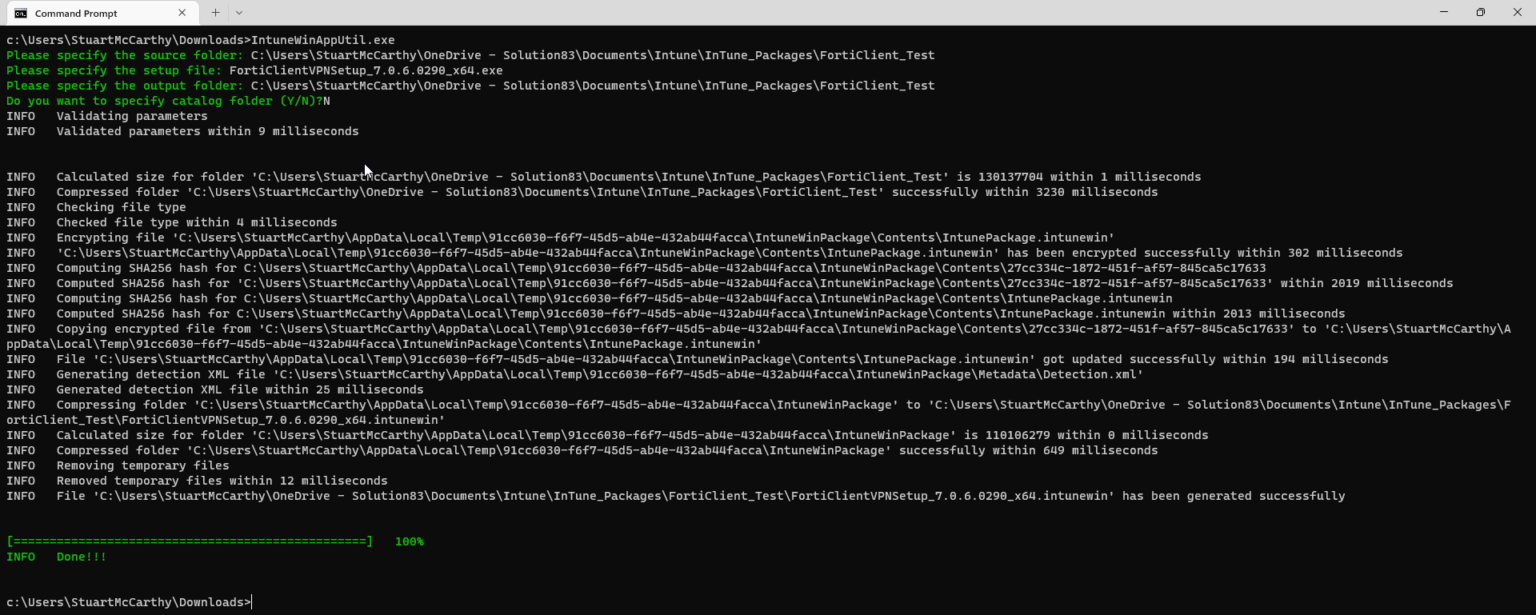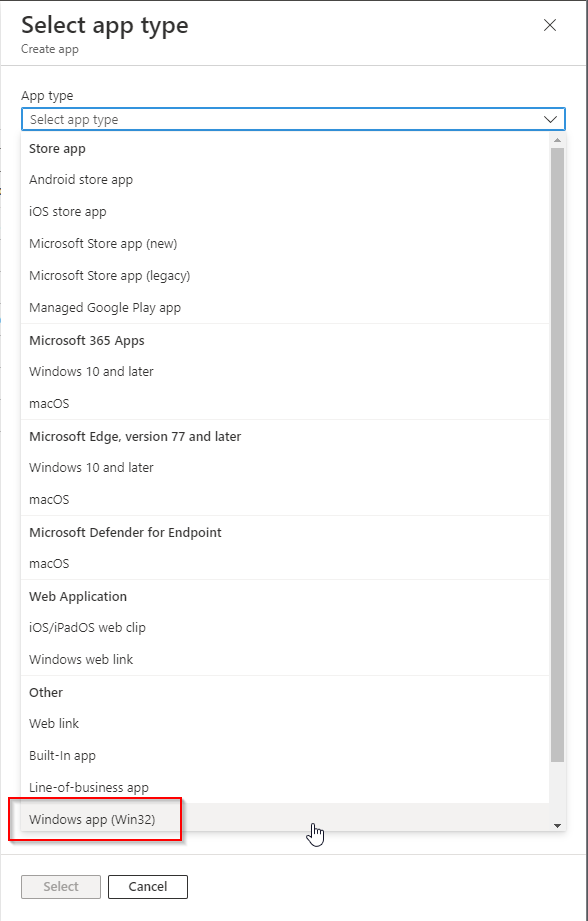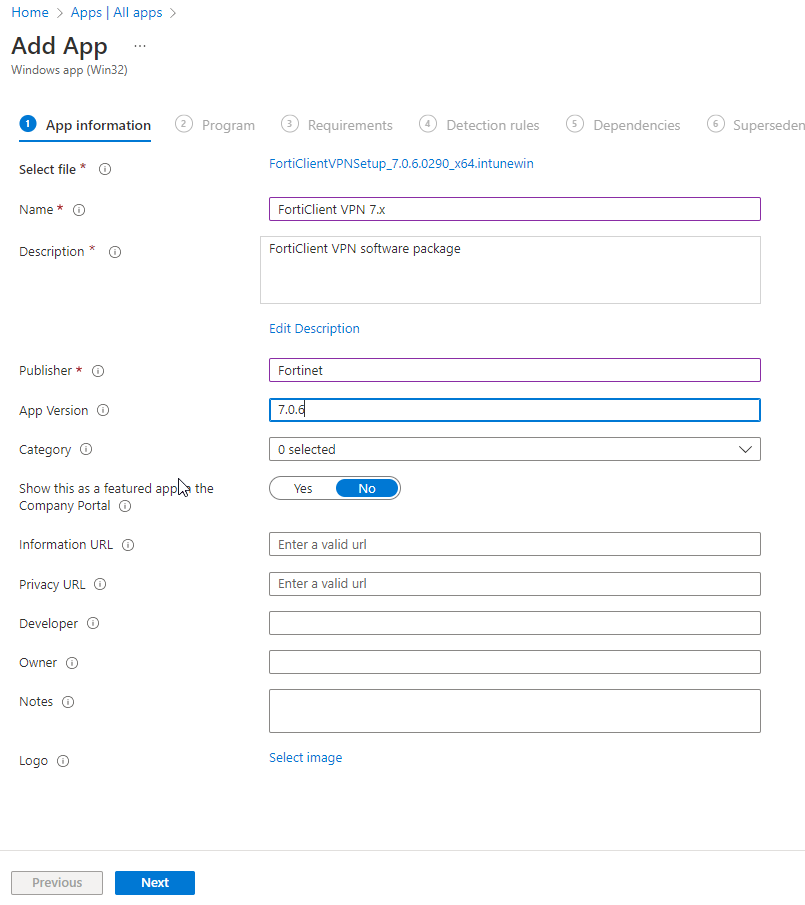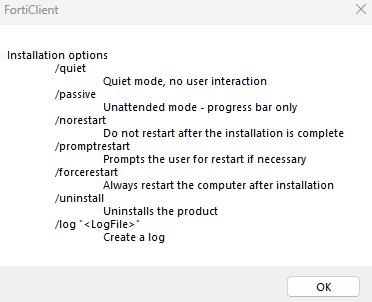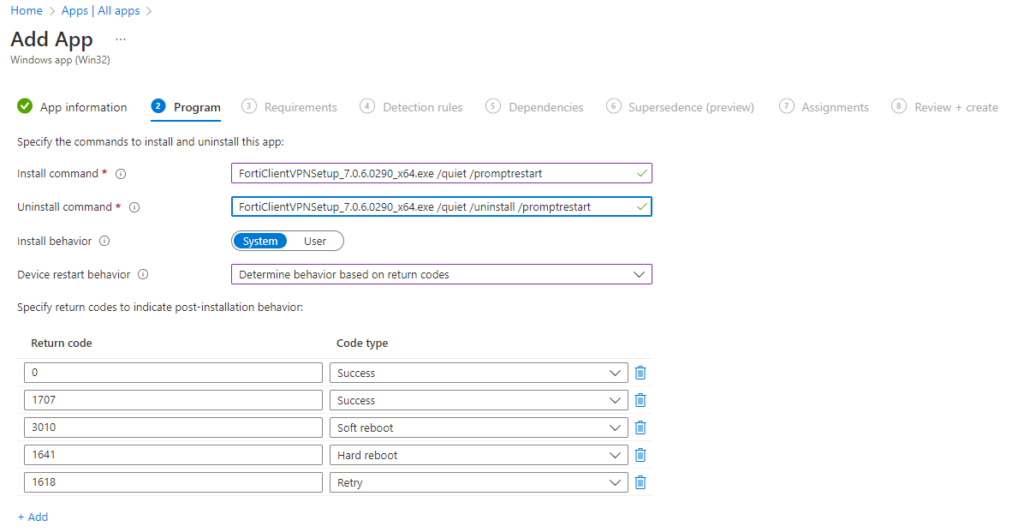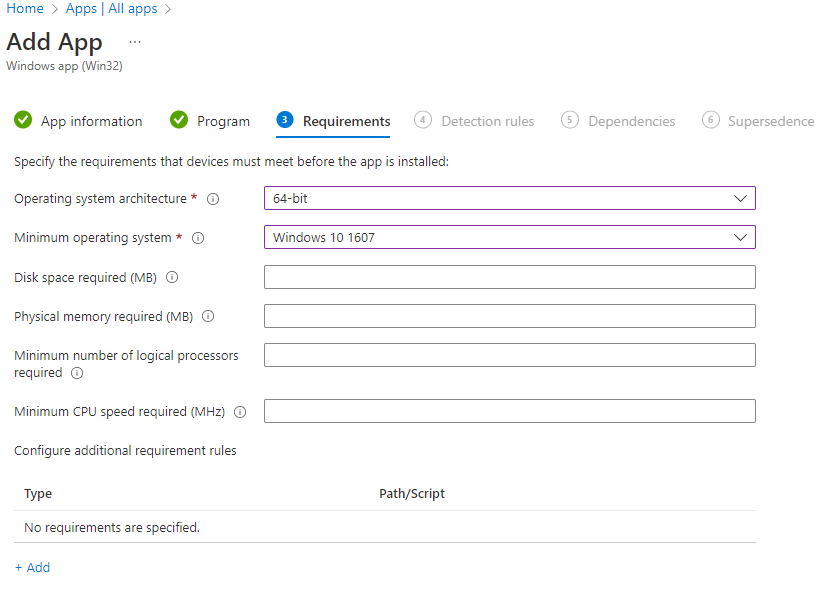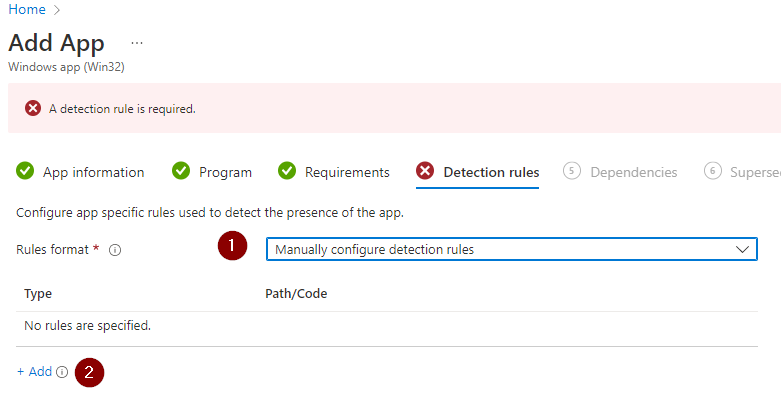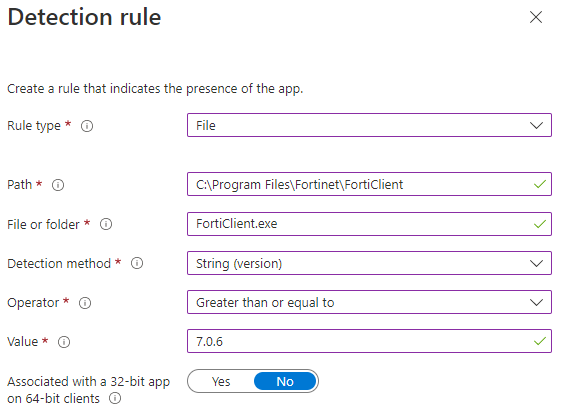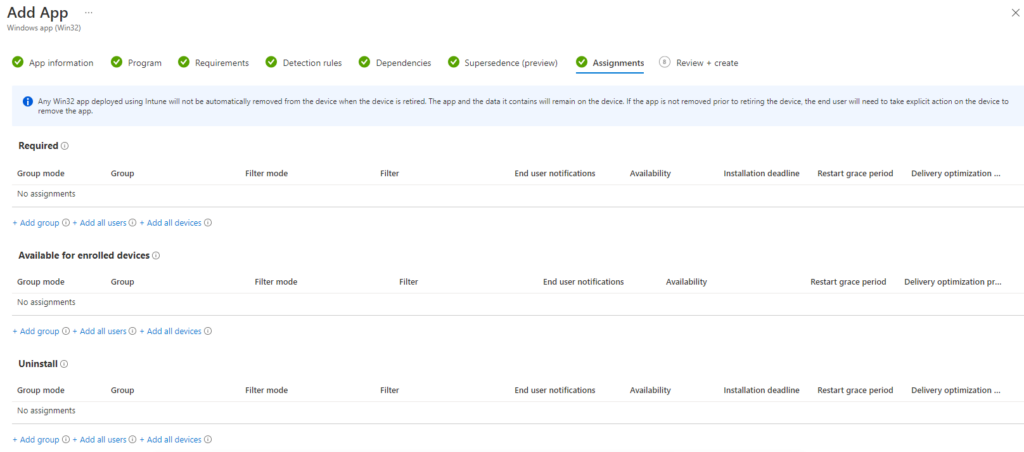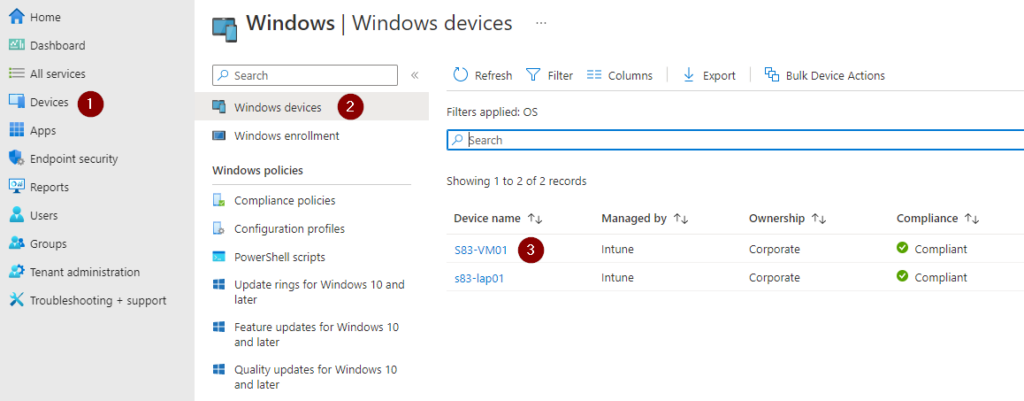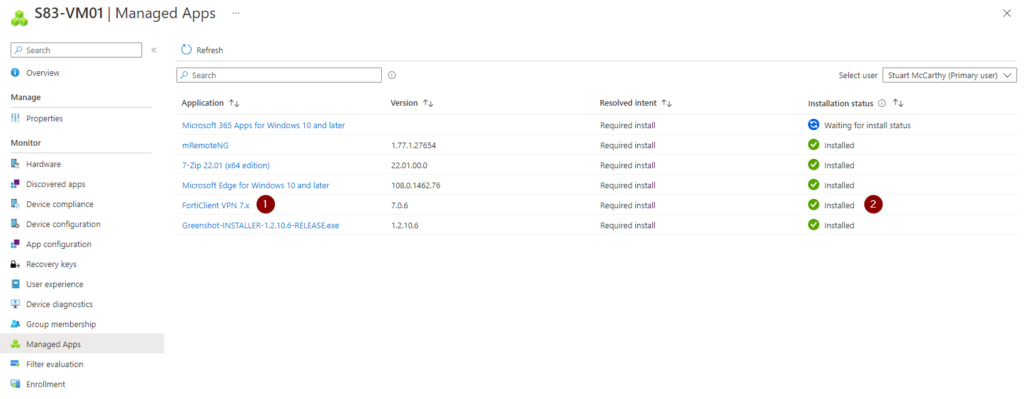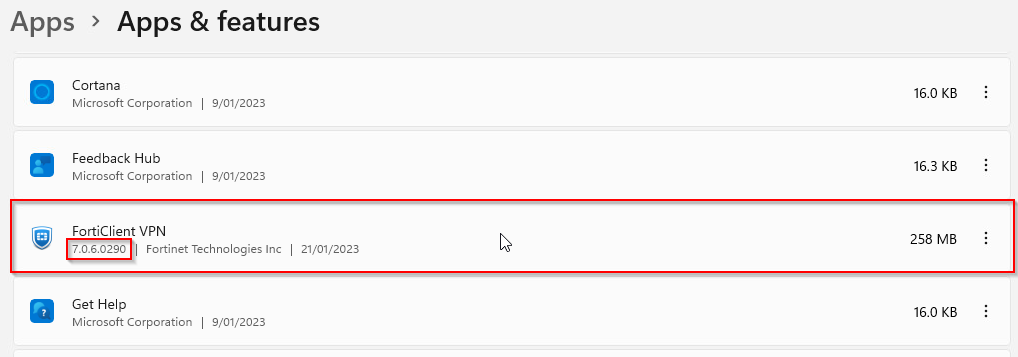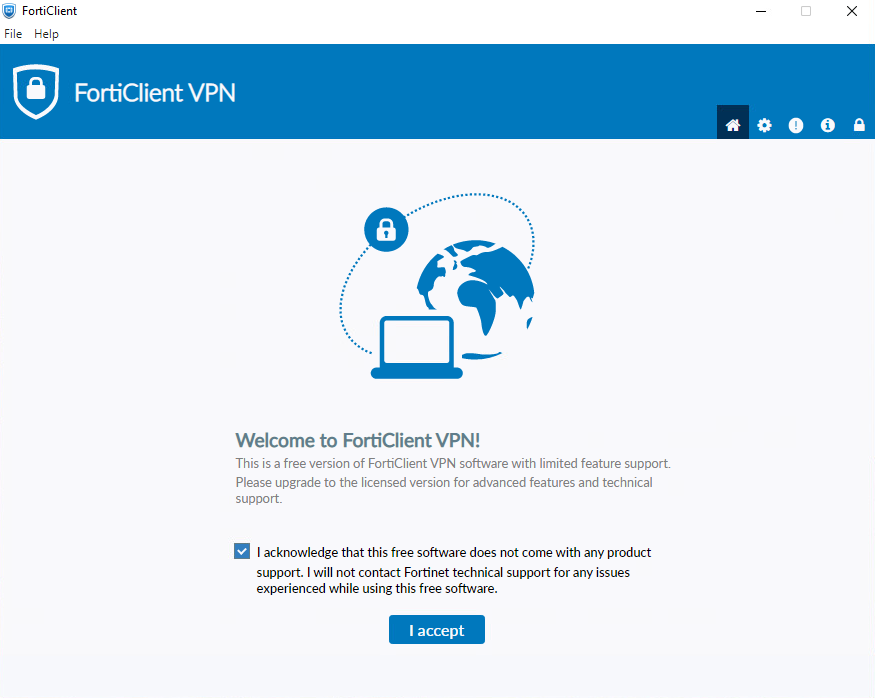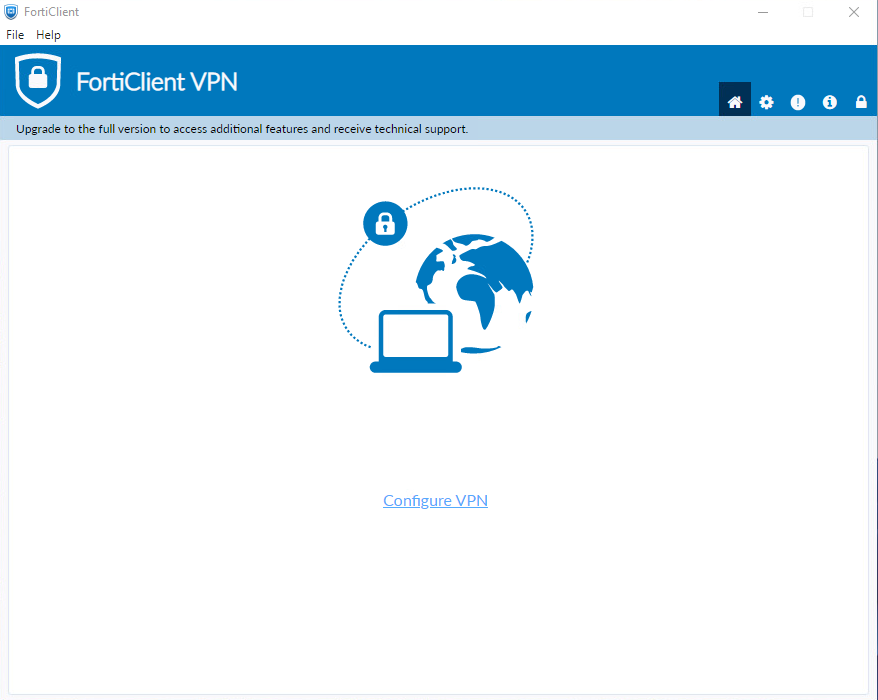Introduction
If you are already using FortiClient in your organisation you would likely know that it comes in both paid (with support) and unpaid (without support) options. The paid option includes things like antivirus, vulnerability scanning, and ZTNA capabilities to name just a few, and is typically managed by FortiClient EMS (Enterprise Management Server) to centrally configure, manage and distribute security policies, the FortiClient software itself and VPN profiles.
However, if you have alternate endpoint security mechanisms in place, the free FortiClient VPN would be enough for you to connect back to your corporate VPN. Unless you have implemented Windows Group Policy Objects or have some kind of automation tool, chances are that the client software is out of date, and open to security vulnerabilities.
As a small business starting out and trying to keep costs down, I need to be doing more with less – which is not unfamiliar for any organisation, especially so for IT departments. Therefore, as part of my Microsoft 365 Business Premium package I am entitled to use Microsoft Intune. Therefore, what better way to start the Intune journey than to put it to practice!
In this three-part series we will show you:
- Part 1: How to prepare and install FortiClient VPN with Intune
- Part 2: How to deploy FortiClient VPN profile using an Intune script
- Part 3: How to upgrade FortiClient VPN
While Parts 1 and 3 discuss installation and upgrade of software packages using FortiClient VPN, this knowledge is transferrable to many other applications and is not specific to FortiClient VPN.
Getting Started
In order to deploy this, you will need to satisfy the following prerequisites:
- Access to Azure AD – https://portal.azure.com and enough rights to make changes (outside the scope of this article)
- Licenses for Microsoft Intune – to learn more see https://learn.microsoft.com/en-us/mem/intune/fundamentals/licenses
- Access to https://endpoint.microsoft.com/
- Access to download FortiClient VPN – https://www.fortinet.com/support/product-downloads#vpn
- A Windows 10/11 laptop or virtual machine:
- With local admin rights
- That is Azure AD Joined, Azure AD Registered, or Hybrid Azure AD Joined
FortiClient VPN Packaging
Considering that in Part 3 of this series we are going to focus on upgrading FortiClient VPN, we will download two separate versions. In my case I have downloaded the two latest versions:
- FortiClientVPNSetup_7.0.6.0290_x64.exe
- FortiClientVPNSetup_7.0.7.0345_x64.exe – for use in Part 3
- Source Folder – the location of the setup file
- Setup File – the name of the setup file
- Output Folder – the location of where to store the created file
- Catalog Folder – this to the best of my knowledge is deprecated and ‘N’ can be selected
Update: Make sure that the folder only contains the single package (.exe) that you want included in the *.intunewin file. If you don’t, you will find that the file size will be much larger than required as it packages all files in the folder. One option is to have a structure like:
- C:\temp\input\ which has forticlient.exe
- C:\temp\output\ which will be the destination for forticlient.intunewin
See Prepare a Win32 app to be uploaded to Microsoft Intune | Microsoft Learn for more information.
Intune Configuration
Once the executable is packaged it is time to configure Intune to deploy the package to endpoints. To start this process open the Microsoft EndPoint Admin Center at https://endpoint.microsoft.com.
Within the Endpoint Manager Admin Center:
- Select ‘Apps’
- Select ‘All Apps’
- Select ‘Add’
- Select the IntuneWin file which was created earlier and click ‘Ok’
- Fill out as many of the details as you like, ensuring that all mandatory fields are completed
- Click ‘Next’ to continue
One of the most important steps is to configure the installation commands for the application. As you will push the application to endpoints in an automated fashion, making sure the app installs without interaction is key.
To understand what application flags are available, open a command prompt and execute the installer with ‘/?’ or ‘/help’. For example:
FortiClientVPNSetup_7.0.6.0290_x64.exe /?
- Rule type: a file in this case
- Path: the location where the file exists – “C:\Program Files\Fortinet\FortiClient”
- File or folder: the file or folder we want to check – “FortiClient.exe”
- Detection method: String (version) has been selected
- Operator: Greater than or equal to
- Value: 7.0.6
Note: if you view the file properties in Windows explorer you can clearly see the file version. You could input the exact value here using the “equals” operator.
Skip both the Dependencies and Supersedence tabs. There are no required dependencies to configure and supersedence we will cover in Part 3.
Intune policies at this point are prioritised as:
- Required: a mandated app that will be installed automatically
- Available for enrolled devices: a published app that can be optionally installed by the user
- Uninstall: likely only to be used when the app is no longer required, has some kind of issue, or you want to perform some testing.
To accompany this, there are three ways to assign the policies:
- All users
- All devices
- Groups – either a user or device group
In order to target particular users or devices, a group probably makes the most sense here, especially during testing.
As I wanted to install to a single machine, I created a dynamic group which allows for assigning devices to the group based on key criteria.
As I am using a test VM running on VMware, I used the following dynamic rule:
- Device Model – Starts With – VMware
- DeviceOSType – Equals – Windows
- DisplayName – Begins With – s83-vm
Once you have validated that the correct machine will be selected, accept the remaining defaults to ensure that the app creation is completed.
When opening FortiClient VPN for the first time, you will be greeted with a welcome message – which you can see below. Be sure to review this message and acknowledge the disclaimer for use.
Note: I am sure there is probably a way to automatically accept the warning via a registry key, however, I have not found a simple solution for it, especially as the registry entry is version dependent. It is stored under HKLU:\Software\Fortinet\FortiClient\FA_UI. It is located in a folder, with a regkey called ‘installed’.
Also, keep in mind that if you follow my next post where we script the VPN values, you won’t see the VPN profiles until the warning has been accepted – something which tripped me up for quite a while on a fresh install. While it would be ideal to avoid this, for the time being I would simply add the warning acceptance to any user instructions provided, advising them to accept it if displayed.
Once the disclaimer has been accepted, FortiClient VPN will redirect you to a page to configure a VPN like below. Of course, you can configure profiles manually and if that’s ok for you (or you just want to test it out) go right ahead and add one. Alternatively, please check back for Part 2 of this series where we will push a config via Intune.
Closing Statement
This ends Part 1 in the series. Please keep an eye out for the following posts in coming weeks where we will build upon what we have already deployed.
- Part 2: How to deploy FortiClient VPN profile using an Intune script
- Part 3: How to upgrade FortiClient VPN (coming soon)
